A $55 billion investment in regenerative aquaculture is needed to address biodiversity risks and close the seafood supply gap: report
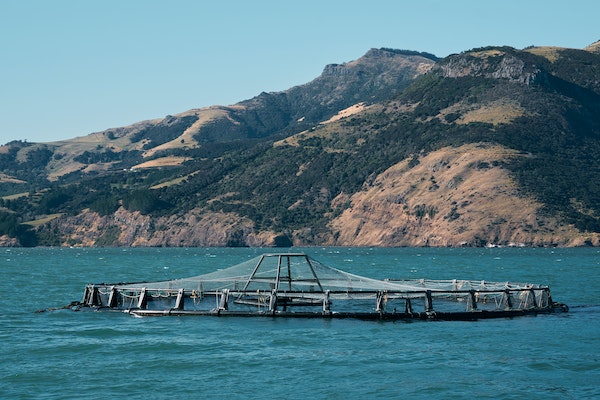
The aquaculture industry will fail to satisfy growing seafood demand on its current trajectory, leaving a supply gap as large as 50 million tons by 2050, according to a new report by Planet Tracker – a non-profit financial think tank producing analytics and reports to align capital markets with planetary boundaries.
The research shows that even in the most optimistic scenario of improving current aquaculture practices, a supply gap would still exist, a shortfall that not only threatens global food security but also poses significant risks to biodiversity.
“Unsustainable seafood production will not feed the world by 2050, but the good news is that an aquaculture industry that is resilient, productive and environmentally sustainable can be built,” said François Mosnier, head of the Oceans Program at Planet Tracker. “Planet Tracker found it will take at least (U.S.) $55 billion in capital expenditure to finance this transition, which most aquaculture companies cannot afford. That’s why we’re calling on investors and lenders to assist with diversifying the aquaculture industry and closing the supply gap.”
Technological solutions, such as farming seafood offshore or on land or growing fish in labs, could contribute up to 5 million additional tons of seafood by 2050. But embracing regenerative aquaculture could produce an additional 45 million tons of seafood and meet growing demand, Planet Tracker finds. Regenerative aquaculture refers to the production of food from the sea such as many bivalves (e.g. oysters, mussels and clams) and seaweed species that provide benefits to the ecosystem – for instance water filtering or carbon sequestration.
“A business-as-usual approach with concentrated fish monocultures leads to a variety of biodiversity risks, with impacts from nutrients pollution to native species displacement, resulting in financial losses to the industry,” wrote Planet Tracker in a press release. “The latest research finds an increasingly concentrated industry with the top ten seafood-producing counties accounting for 89 percent of the total – and over 75 percent of listed aquaculture companies farming salmon, shrimp or pangasius.”
‘We want change’: How a seafood database aims to influence seafood investment decisions
To address this funding challenge, Planet Tracker calls on investors and lenders to support the diversification of the aquaculture industry and close the looming supply gap. The report outlines several key recommendations, including increased awareness of the risks associated with the industry’s current trajectory, demands for better disclosure and transparency from companies and support for mitigation strategies (such as species diversification and geographic distribution). Additionally, the report encourages investments in technology that enables environmentally sound alternatives like offshore aquaculture and recirculating aquaculture systems (RAS).
The call to action also includes support for regenerative aquaculture investments, with suggestions such as offering cheaper capital for sustainable expansion and exploring the use of sustainability-linked bonds. By providing the necessary financial backing for these transformative efforts, investors and lenders can play a pivotal role in driving the necessary changes in the aquaculture industry.
Follow the Advocate on Twitter @GSA_Advocate
Now that you've reached the end of the article ...
… please consider supporting GSA’s mission to advance responsible seafood practices through education, advocacy and third-party assurances. The Advocate aims to document the evolution of responsible seafood practices and share the expansive knowledge of our vast network of contributors.
By becoming a Global Seafood Alliance member, you’re ensuring that all of the pre-competitive work we do through member benefits, resources and events can continue. Individual membership costs just $50 a year.
Not a GSA member? Join us.
Author
-
Responsible Seafood Advocate
[103,114,111,46,100,111,111,102,97,101,115,108,97,98,111,108,103,64,114,111,116,105,100,101]
Tagged With
Related Posts
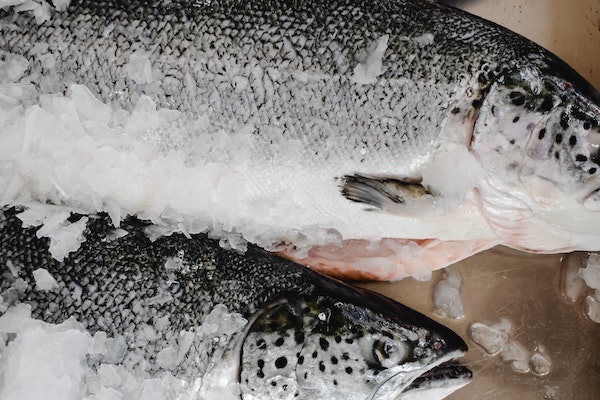
Innovation & Investment
Morgan Stanley: Sustainable aquaculture expansion a ‘major investment opportunity’
The financial services leader says expanding responsible aquaculture is one of the four largest opportunities for ocean impact investment.
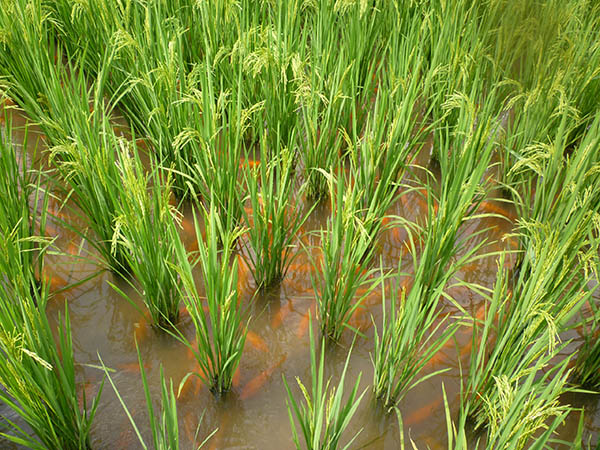
Responsibility
Study: Aquaculture in rice paddies can help meet global food security demands
Researchers say that raising fish and other aquatic livestock in rice paddies has the potential to meet global food security demands.
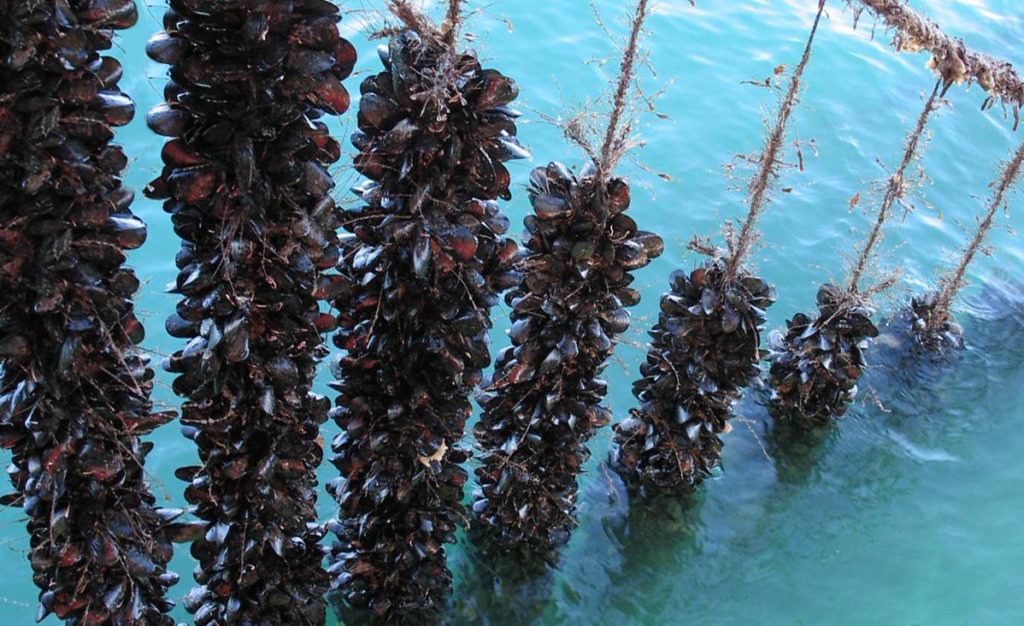
Responsibility
New analysis and online tool shows value of aquatic foods in addressing global food challenges
A new interactive online tool and analysis shows how leveraging aquatic foods can help policymakers address multiple global challenges.
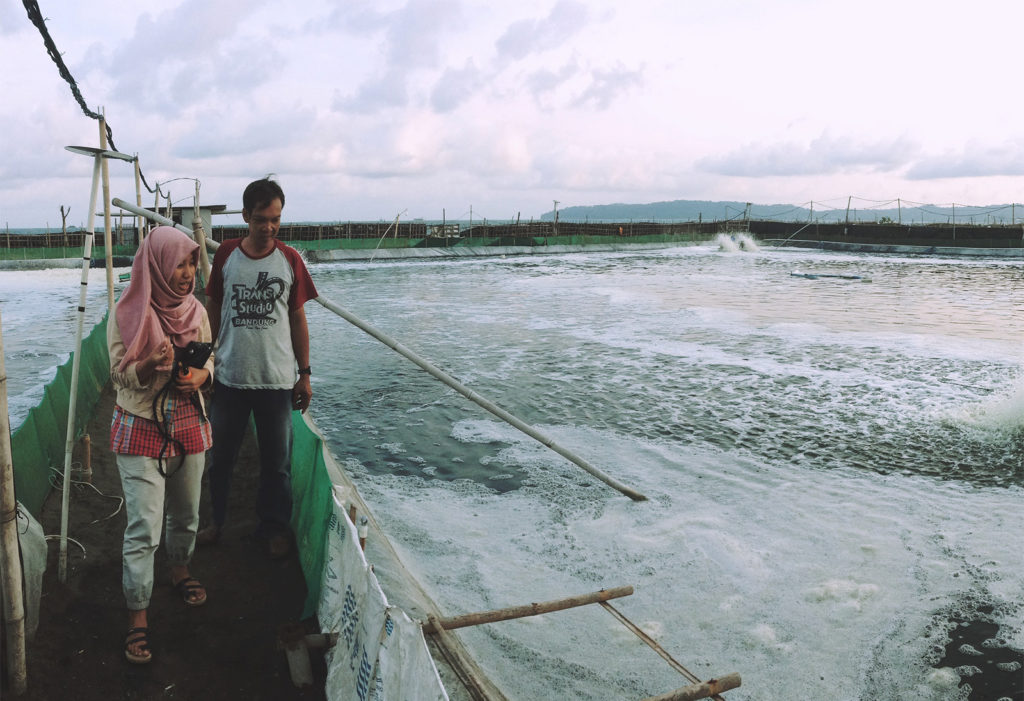
Innovation & Investment
Aqua Insights excerpt: Smart water quality sensors for aquaculture
An excerpt from the April 2022 issue of Aqua Insights looks into the possibilities that Smart water quality sensors provide aquaculture.



